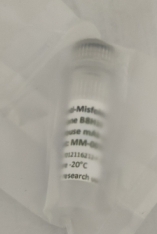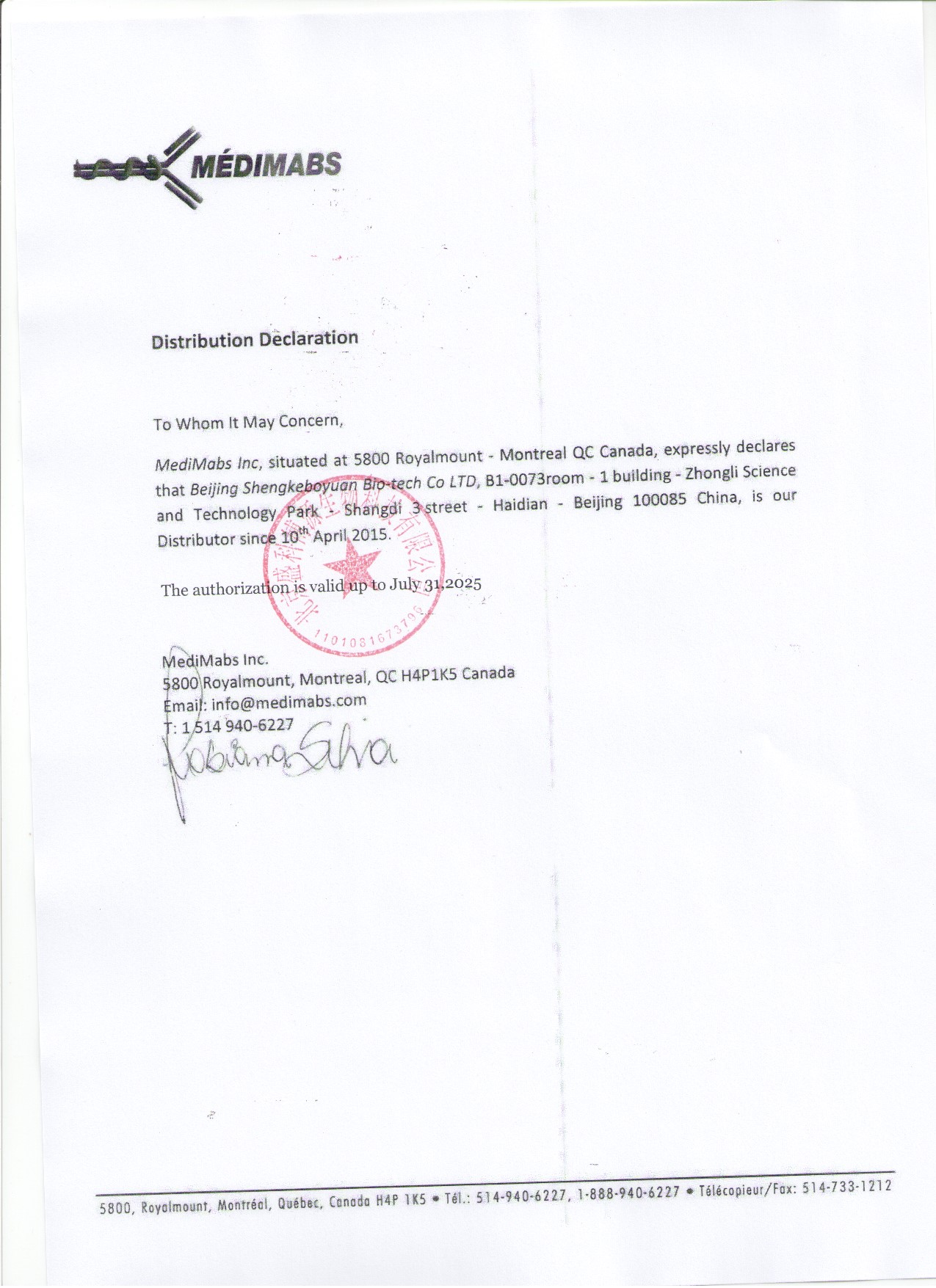 首页>
生物试剂
首页>
生物试剂
商家描述
商家资质信息
产品评价(0)
Target
Intermolecular Guanine Quadruplex DNA
Target background
G-quadruplexes or G4-DNA is a DNA structural motif that is considered to be functionally important in the mammalian genome for transcriptional regulation, DNA replication and genome stability are nucleic acid. These nucleic acid sequences that are rich in guanine and can form a four-stranded structure. Four guanine bases can associate through Hoogsteen base pairing and are characterized by variable stacks of guanine quartet planes, strand orientation, glycosidic bond angles and stabilizing cations. It may serve important regulatory and structural functions; in addition, it can be the source of genomic instability which may lead to cancer, aging and human genetic diseases
Specificity
The antibody is specific for: guanine quadruplex DNA. * cross-reacts with some other DNA sequences, notably adjacent thymidines in single stranded DNA that are restricted in their movement in G4 structures and denatured DNA fibers.
Clone ID
1H6
Isotype
IgG2b
Preservative
None
Format
Purified with protein G, stored in PBS pH 7.4 and lyophilized.
Recommend starting dilution
Reconstitute with deionized water. Optimal dilution has to be determined by the user.
Limitations
Research Use Only
Storage
Lyophilized antibodies can be kept at 4ºC for up to 3 months and should be kept at -20ºC for long-term storage (2 years). To avoid freeze-thaw cycles, reconstituted antibodies should be aliquoted before freezing for long-term (1 year) storage (-80ºC) or kept at 4ºC for short-term usage (2 months). For maximum recovery of product, centrifuge the original vial prior to removing the cap. Further dilutions can be made with the assay buffer. After the maximum long-term storage period (2 years lyophilized or 1 year reconstituted) antibodies should be tested in your assay with a standard sample to verify if you have noticed any decrease in their efficacy. To limit antibody loss or degradation, BSA (final concentration 1%) and sodium azide (final concentration 0.02%) can be added to the suggested first dilution. It is important to first verify if those preservatives are compatible with your assay.
 会员登录
会员登录.getTime()%>)
 购物车()
购物车()

 成功收藏产品
成功收藏产品
